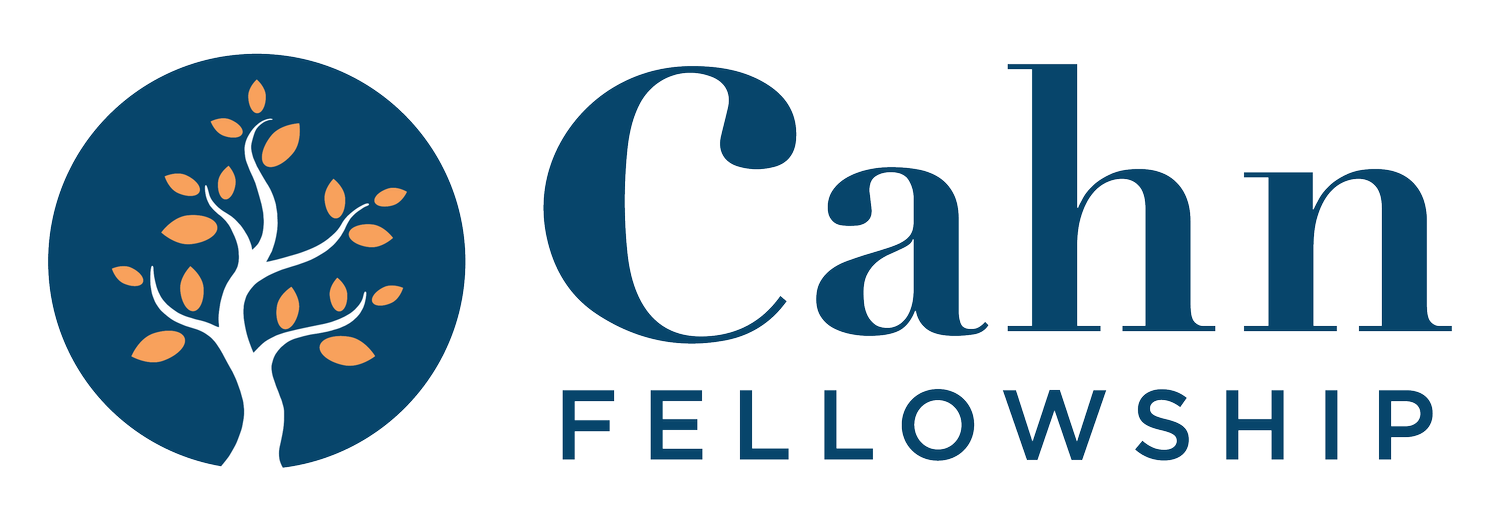Can Our Students Truly Stand Alone? Transforming from Fragile Foundations to Empowered Independence. From Data to Relationships: Ensuring Student Development and Success Beyond School Walls
Pierre Orbe • Cahn Fellow 2023
Parent involvement tends to decline as students enter high school for various reasons. These reasons include adolescents seeking independence, the complexities of the high school structure, parents feeling less capable of helping with academics, communication issues, and students’ busy schedules with clubs and sports. Additionally, parents often step back, expecting students to self-advocate. However, students continue to need their parents at this critical stage to reach their full potential. A study found that parental expectations significantly impact academic performance, while parental control has a small negative effect. This indicates that high parental expectations lead to better academic performance, whereas excessive control can be detrimental (Smith, 2020).
From the 1980s to the 2000s, DeWitt Clinton High School struggled significantly, especially during the Bloomberg era when school data became publicly available. This data revealed numerous issues, informing parents about the quality of education. Families naturally chose other schools when they saw DeWitt Clinton’s graduation rate below 45% and frequent reports of violence in newspapers like the Daily News and NY Post.
Feedback to parents is crucial. It influences where they send their children to school and how much they get involved. High schools often make it harder for parents to want feedback since it’s often negative. As DeWitt Clinton has dramatically turned around, achieving a 97% graduation rate (86%, 91%, 94%, 97%, 94% in past five school years), 91% attendance, and 98% College Readiness Course Completion, parents are now entrusting us with their children again, as evidenced by the increase in enrollment from 970 to 1,275 (expected to rise to 1,400-1,500 in the next 2-3 years). One of the lowest data points remains parent involvement, measured by survey completion rates and attendance at school workshops. However, parent involvement is highest in the contact rate and ability to consistently speak to a parent from their guidance counselor. Each counselor has a caseload of approximately 200 students and is expected to contact each parent regarding attendance, behavior, grades, and extracurricular involvement. We measure the percentage of parents they can contact, resulting in a 98% contact availability. This means counselors are very effective at reaching out to parents when needed. The challenge is harnessing this skill to increase parent involvement in ways that impact student achievement. One of the biggest struggles is that parents are often called when their child has issues with attendance, behavior, and grades. Many parents respond with “I don’t know what to do with them?!”. This leaves the counselor trying to form a partnership based on various strategies that are not coherent among the guidance department. If they fail, the parent is less likely to pick up the phone next time, leaving the child without support. The results vary among counselors. While they all work hard and build trustful relationships with students and parents, when the partnership fails, or the parent is crying for help, there appears to be no direction for supporting the parents.
In this project, we examine using the developmental assets (DAs) framework as a roadmap to inform our conversations with students and families and provide actionable, targeted next steps. The clinical analysis of students’ current DAs will allow us to enter solution-oriented conversations with both students and their families. Instead of telling a parent that their child is struggling with attendance, the conversation can be tailored to what current DAs the student feels they are lacking and what actions can be taken by all stakeholders to build these DAs into the student’s life, leading to increased attendance and achievement. Let’s see how it goes.

